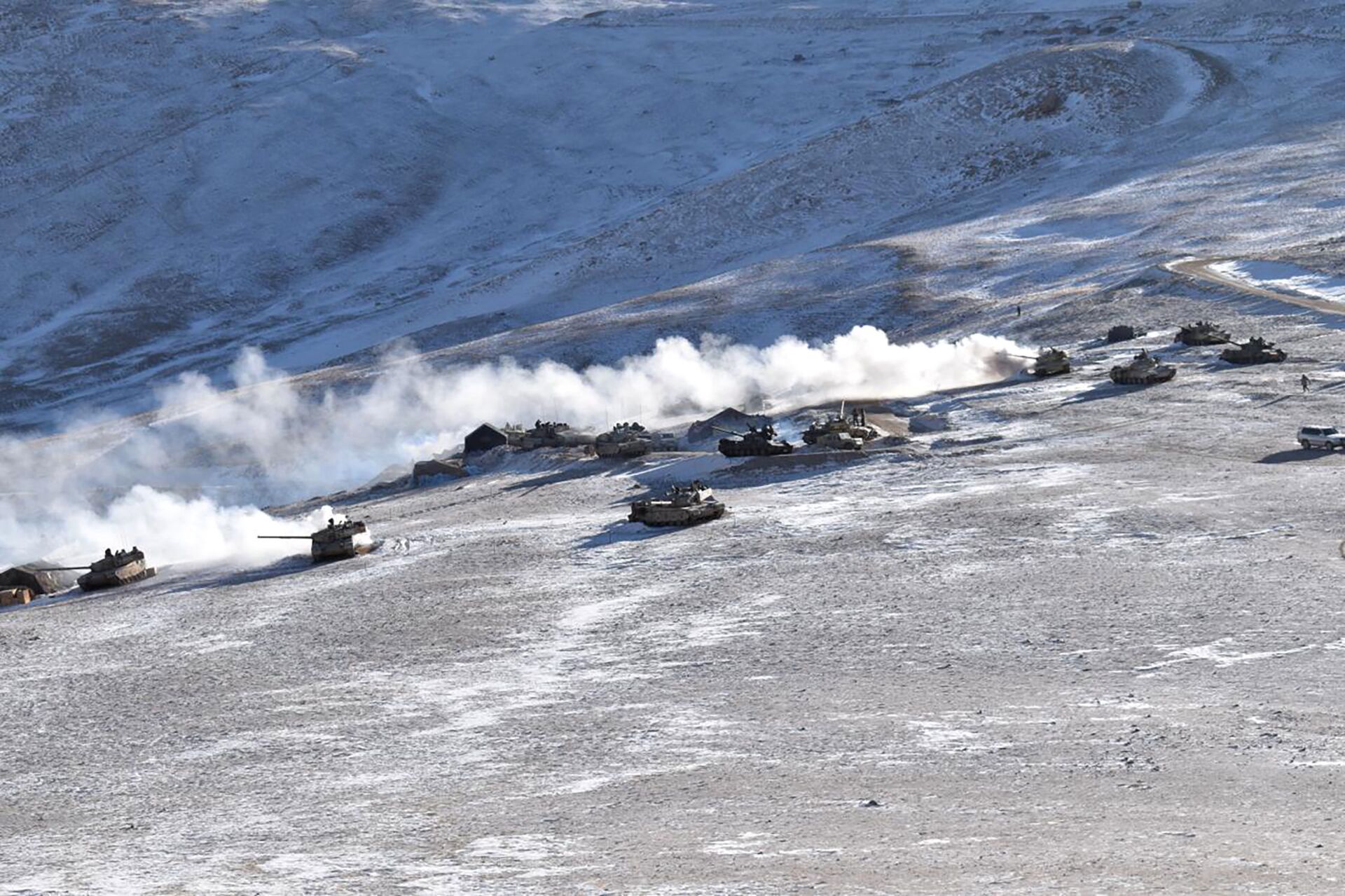Eight months after the first deadly clash in 45 years with India, China has unveiled the names of four of its soldiers who died during the hand-to-hand fight with the Indian Army in eastern Ladakh. China's People’s Daily reported that Chen Hongjun, Chen Xiangrong, Xiao Siyuan, and Wang Zhuoran gave their lives while fighting the Indian Army, which outnumbered them in the clash.
"Since April 2020, relevant foreign military forces have violated the previous agreement… they trespassed the border line to build roads and bridges and intentionally incited troubles, changing the status quo along the border… Under the circumstances of unbearable tolerance, the border officers and soldiers resolutely responded to the violent acts (of foreign military) and achieved major victories, effectively defending national sovereignty and territorial integrity", read the People's Daily report.
Qi Fabao, the regimental commander from the PLA Xinjiang Military Command, has received the title of "Heroic regimental commander for defending the border" from the Central Military Commission.

Chen Xiangrong, whose grave picture widely circulated on the WeChat app last year, wrote in his diary soon after the clash broke out, as reported by the Chinese daily, "Faced with the number of foreign troops far more than ours, not only did we not back down, but we also drove them out with a stone attack". Chen Xiangrong was one of two officers who went forward to negotiate with the Indian forces after “Foreign [India] troops crossed the line to provoke troubles”.
Grave photo of one of PLA's Galwan dead-- Chen Xiangrong.
— Rishikesh Kumar (@rishhikesh) February 19, 2021
Xiangrong was named among 4 PLA soldiers who died in Galwan and was commended by the Central Military Commission pic.twitter.com/PN1eQZyWh5
Revisiting the incident, the Chinese military said that in June 2020, foreign troops crossed the line of actual control to set up tents. China alleged that the Indian side had ignored the "PLA’s sincerity and premeditatedly hid and mobilized a large number of troops in an attempt to attack us".
“The opponent launched an attack with steel pipes, clubs, and stones”, it alleged.
“I don’t want to make an estimate, but when the Galwan incident happened, we observed more than 60 [PLA] casualties being picked up on stretchers. Can’t say with authority if dead or injured”, Lt Gen Y.K. Joshi said.
Meanwhile, after nine months of border stand-off, India and China reached a disengagement agreement on 10 February and started pulling back troops and military assets from the north and south bank of the Pangong Tso. The two sides have been monitoring the disengagement process on a daily basis and as per the agreement, the disengagement will start from other friction points after the completion of the withdrawal from Pangong Tso.






